Image Archive
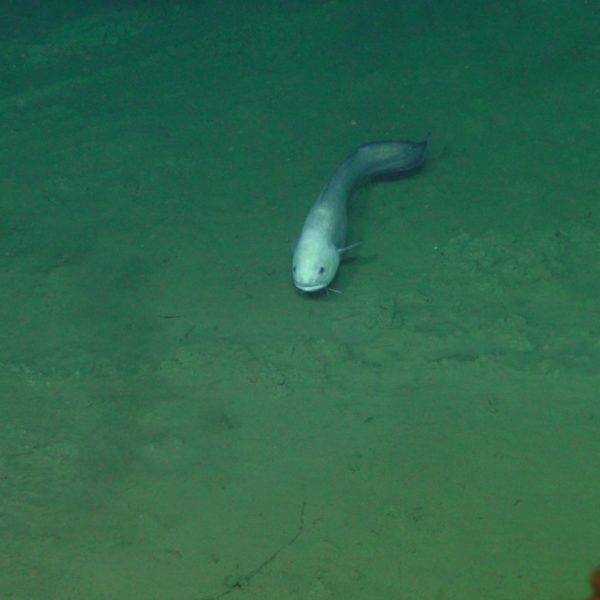
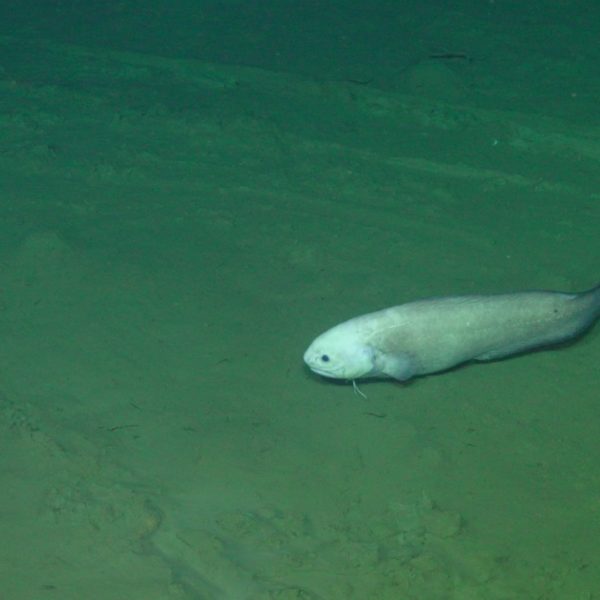

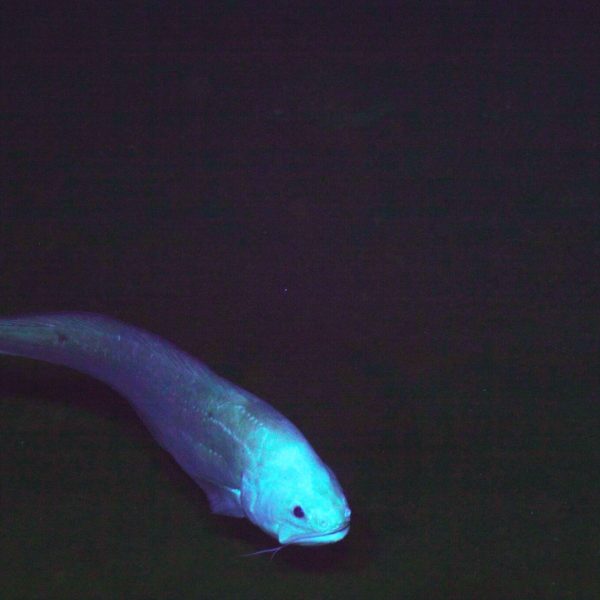
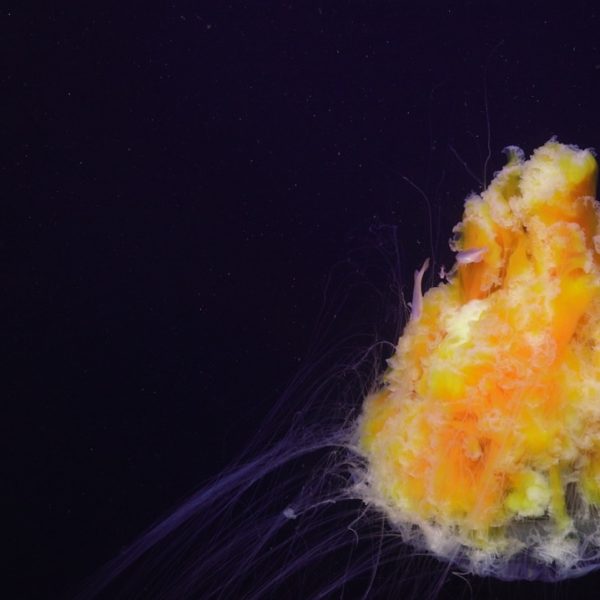
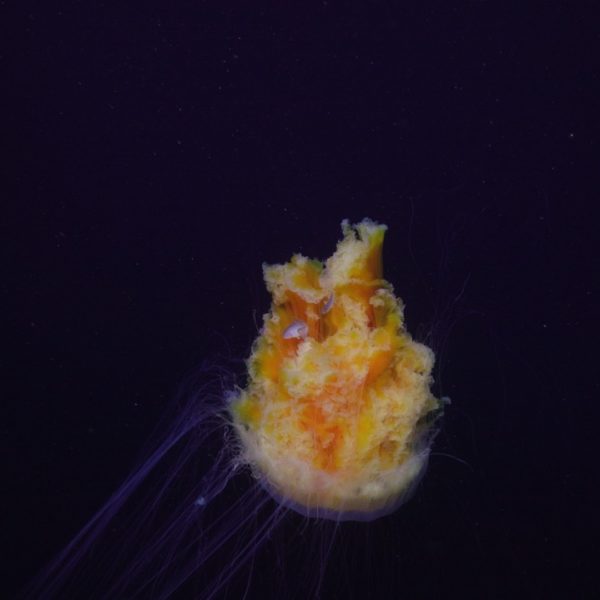
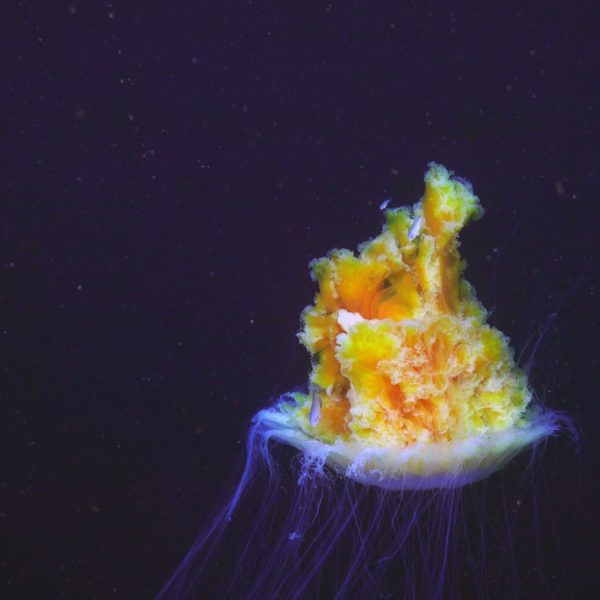
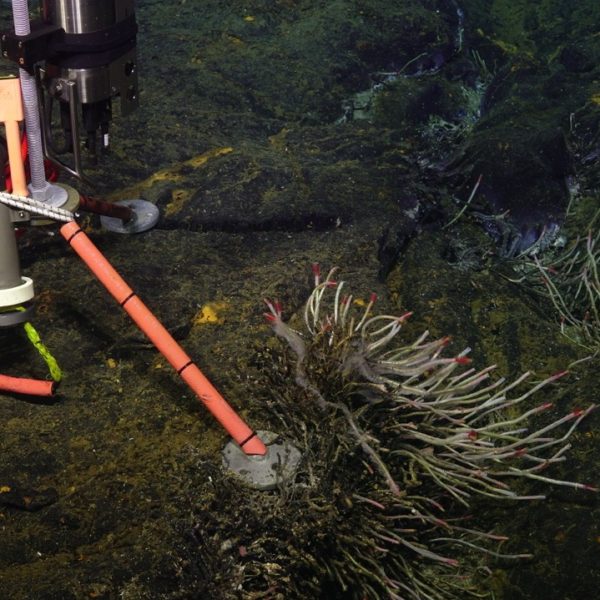
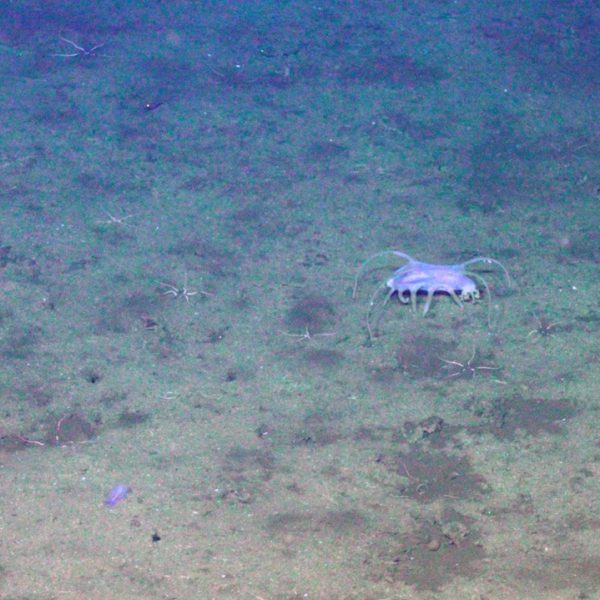

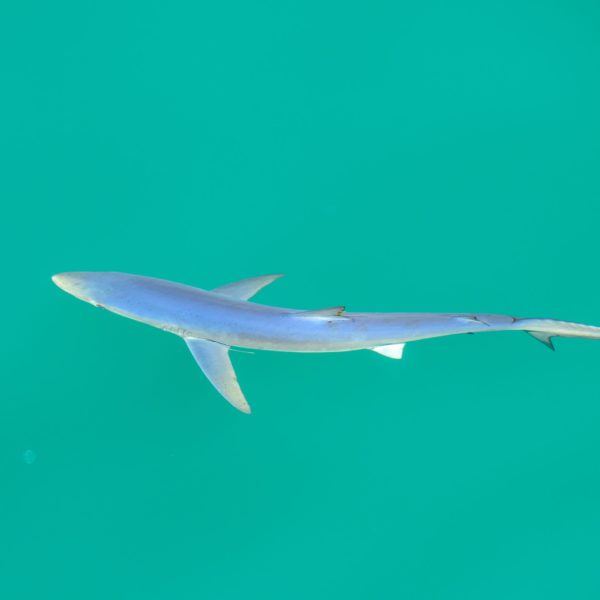
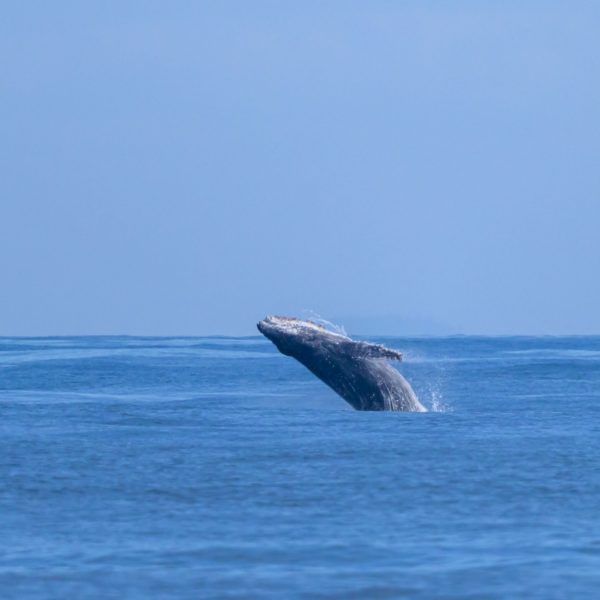
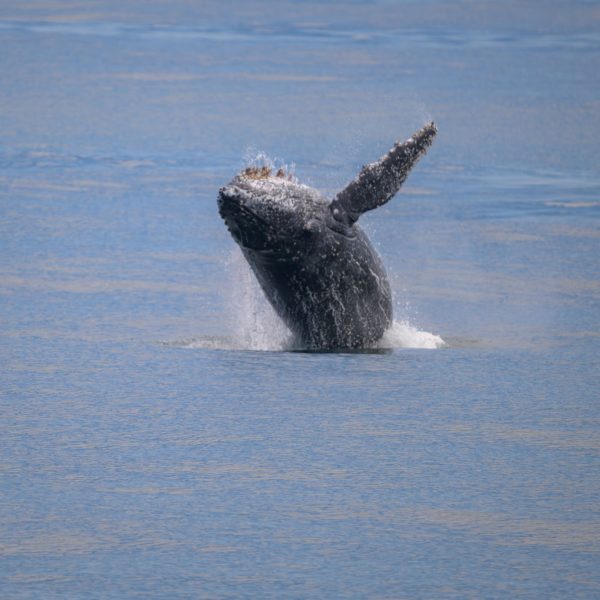















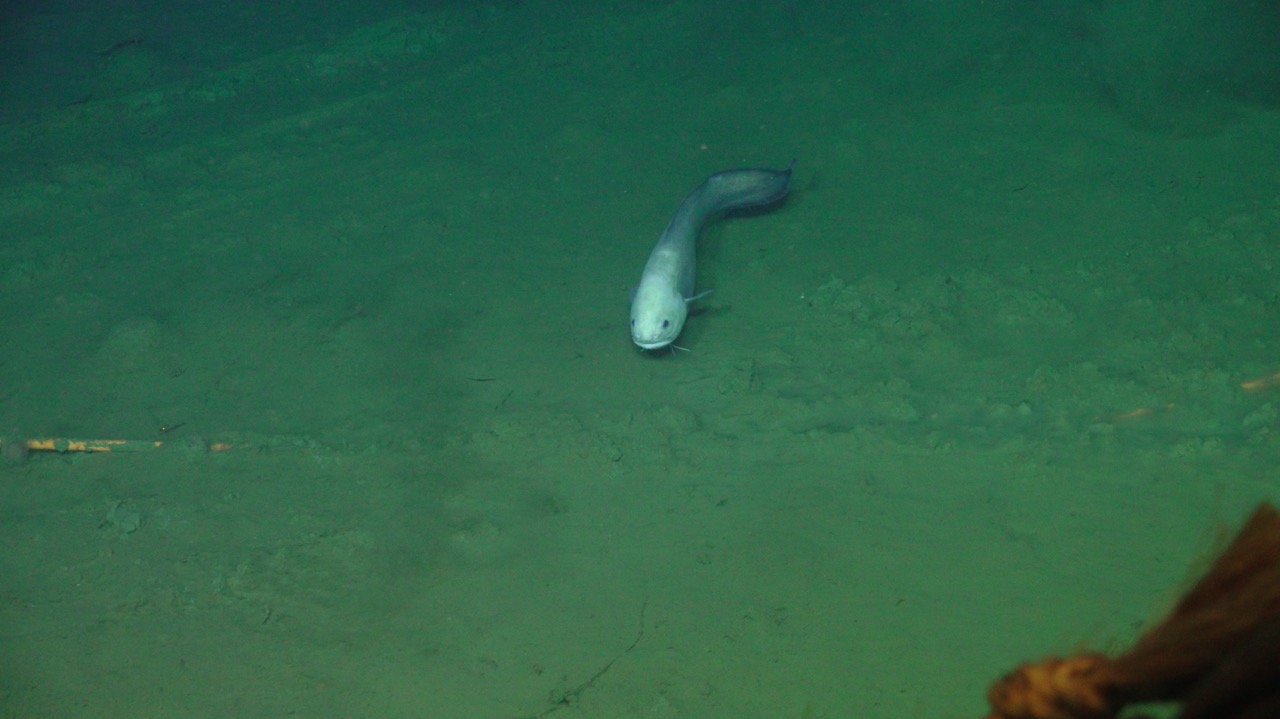
Cusk eel swimming towards Jason during a dive at the Slope Base Deep Profiler mooring. Credit: UW/NSF-OOI/WHOI, J2-1711, V25.
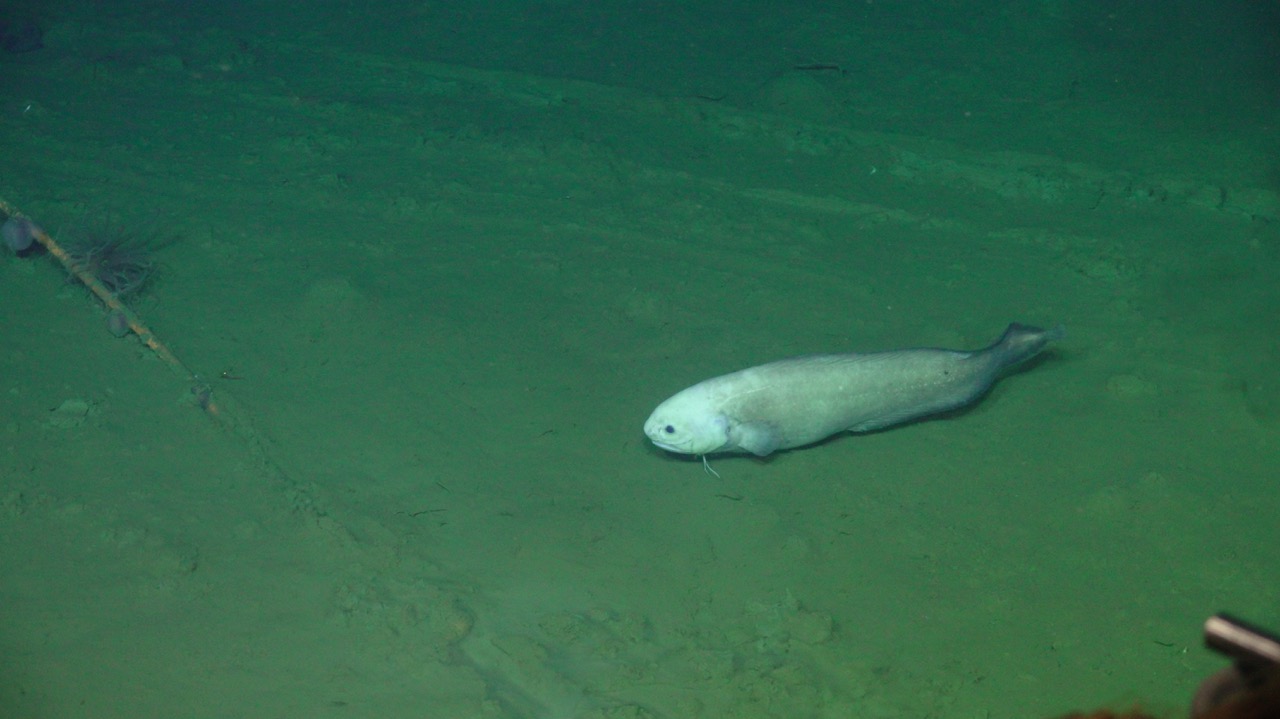
Cusk eel encountered while unplugging the Slope Base Deep Profiler mooring. Credit: UW/NSF-OOI/WHOI, J2-1711, V25.
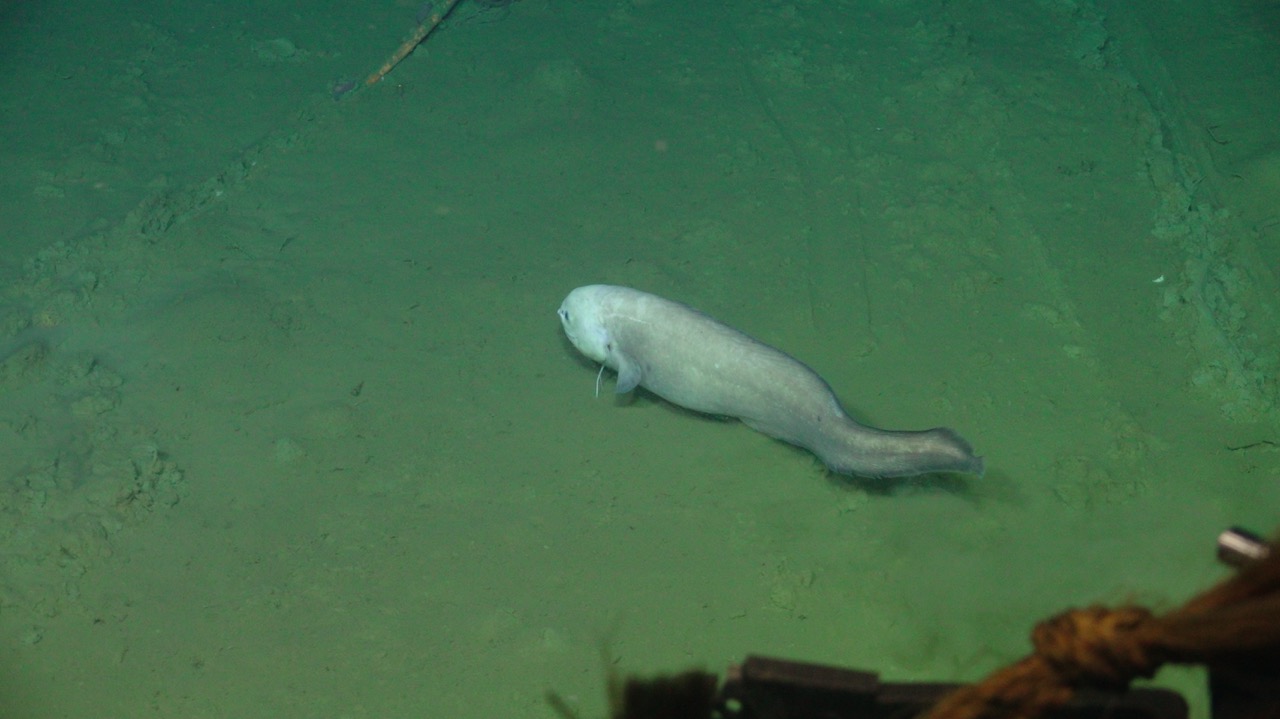
Cusk eel encountered while unplugging the Slope Base Deep Profiler mooring. Credit: UW/NSF-OOI/WHOI, J2-1711, V25.
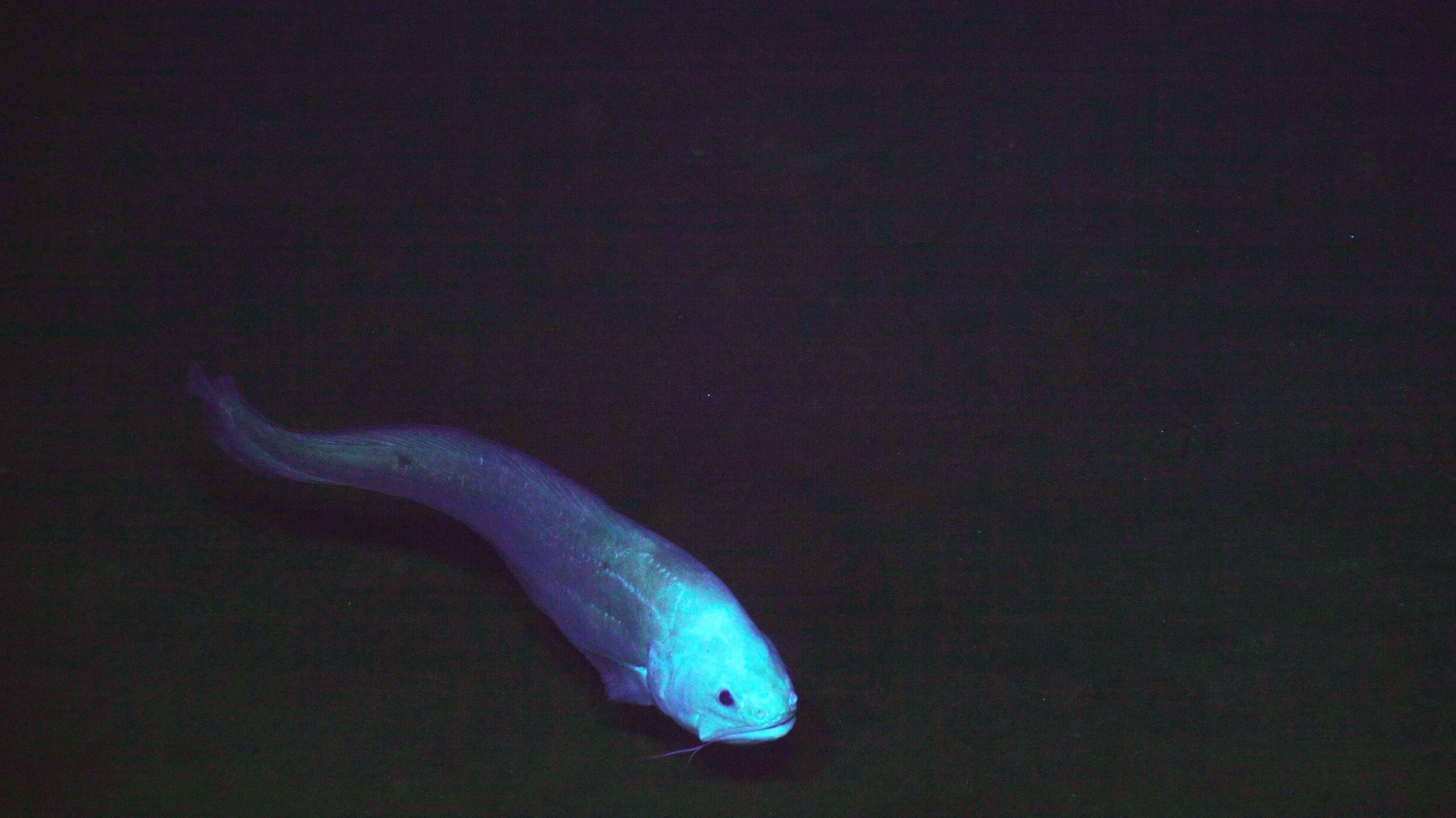
A cusk eel came to investigate the Deep Profiler unplugging operation at the Axial Base site. Credit: NSF-OOI/UW/WHOI; J2-1709; V25
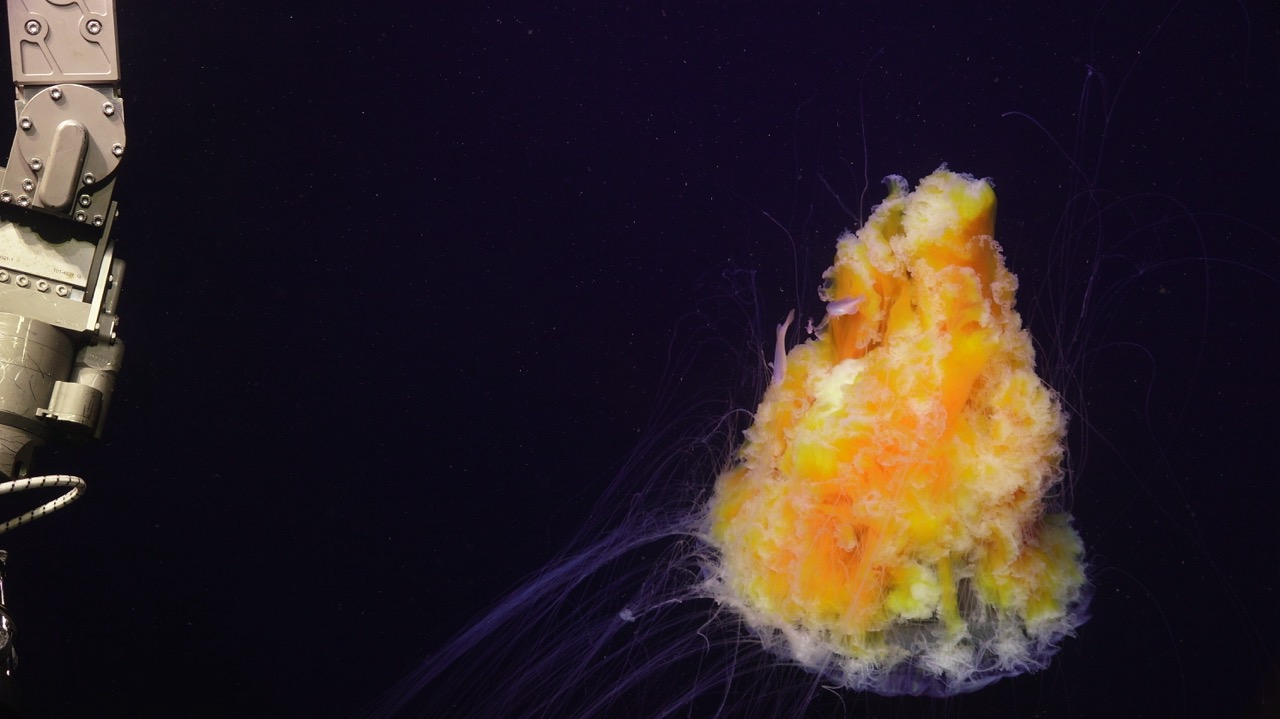
Close-up of the Lion's Mane jelly (and its fish companions) drifting beside Jason at the Axial Base site. Credit: NSF-OOI/UW/WHOI; J2-1709; V25
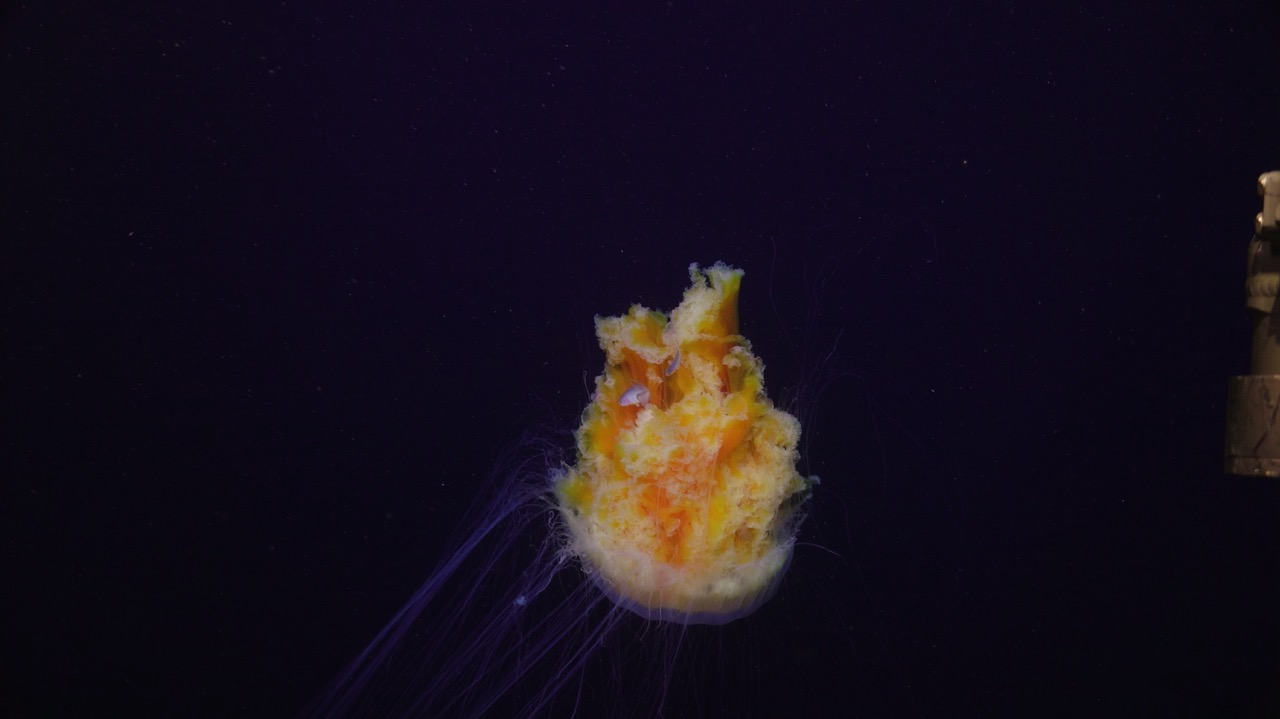
A Lion's Mane jelly (and its fish companions) drifts upside down at the Axial Base site. Credit: NSF-OOI/UW/WHOI; J2-1709; V25
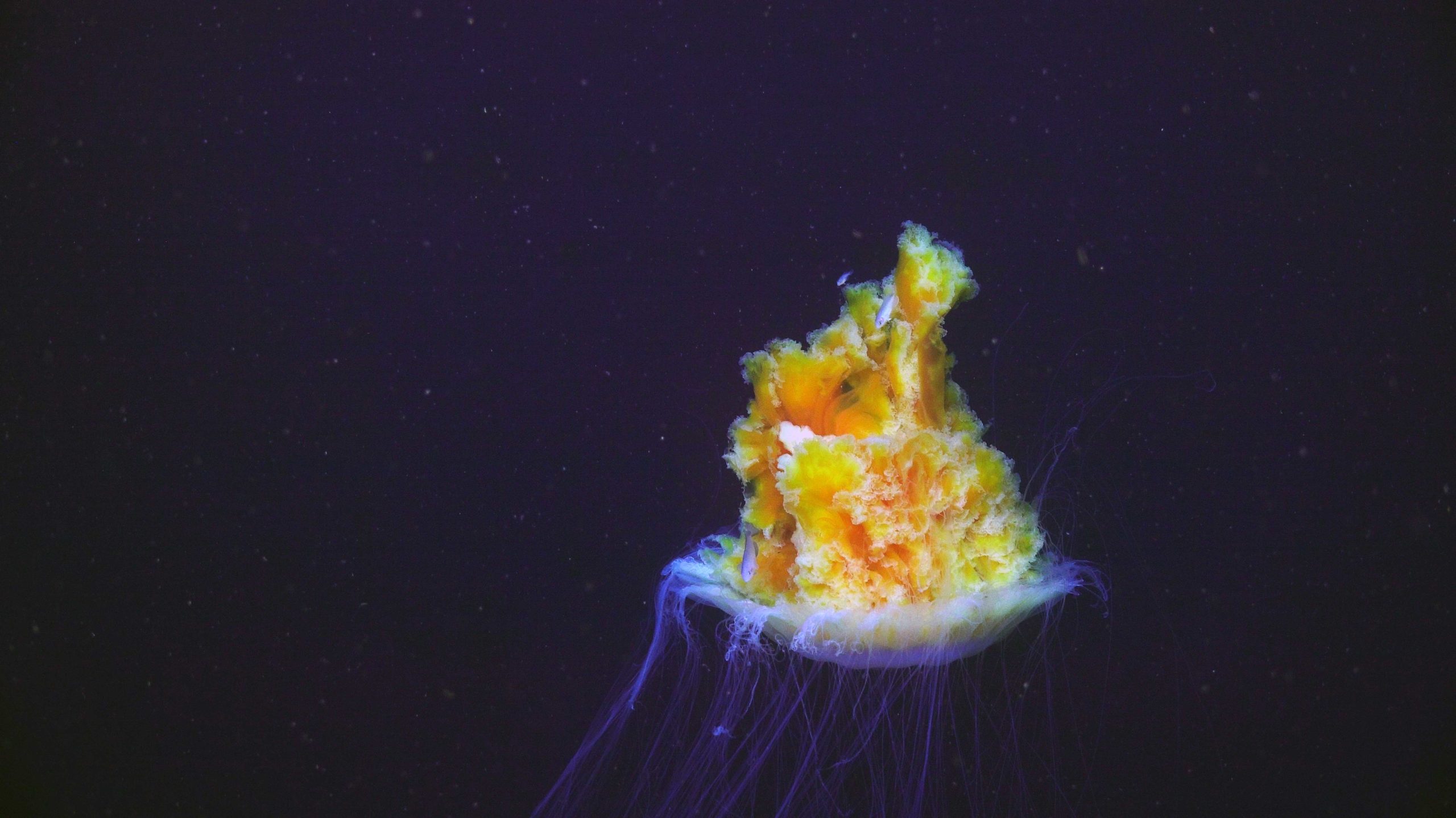
A Lion's Mane jelly (and its fish companions) encountered during dive J2-1709 at the Axial Base site. Credit: NSF-OOI/UW/WHOI; J2-1709; V25
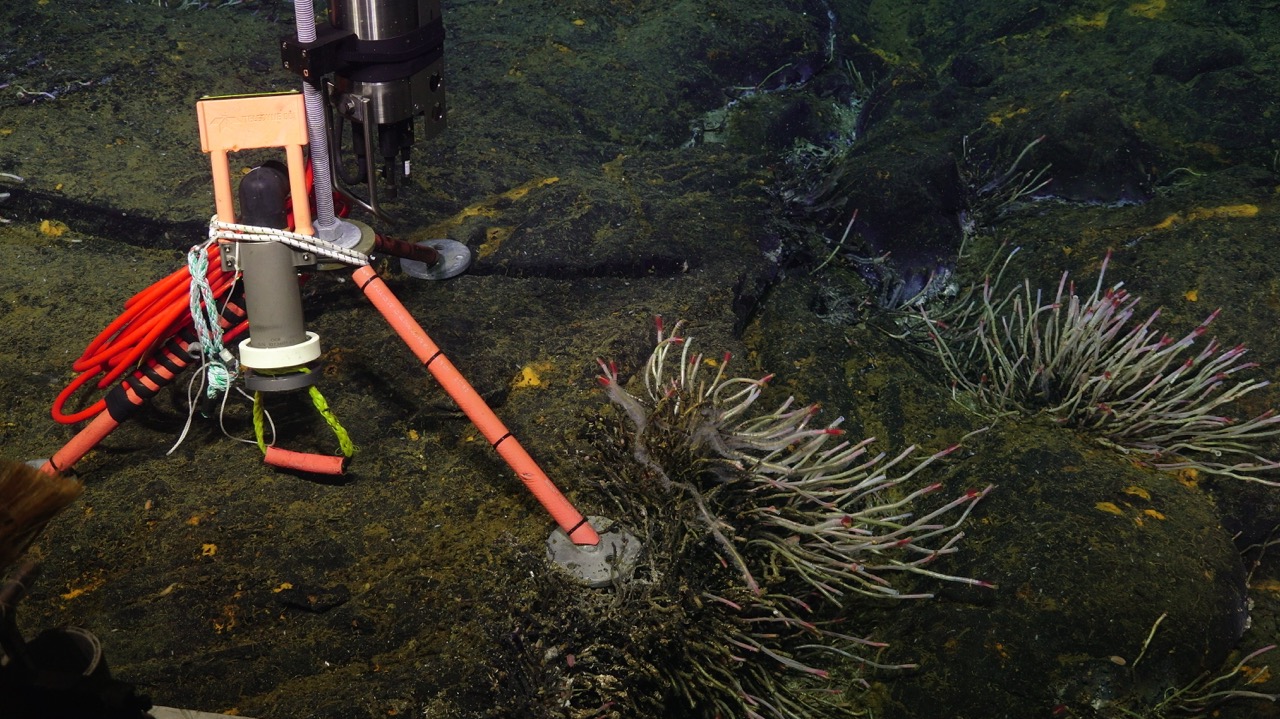
The base of a CTD instrument tripod, at the ASHES vent field in Axial Caldera. The tripod sits next to some juvenile tube worms growing out of cracks in the basalt, where diffuse hydrothermal fluids mix with the seawater and feed the chemosynthetic symbionts that provide energy to the worms. Credit: NSF-OOI/UW/WHOI; J2-1708; V25
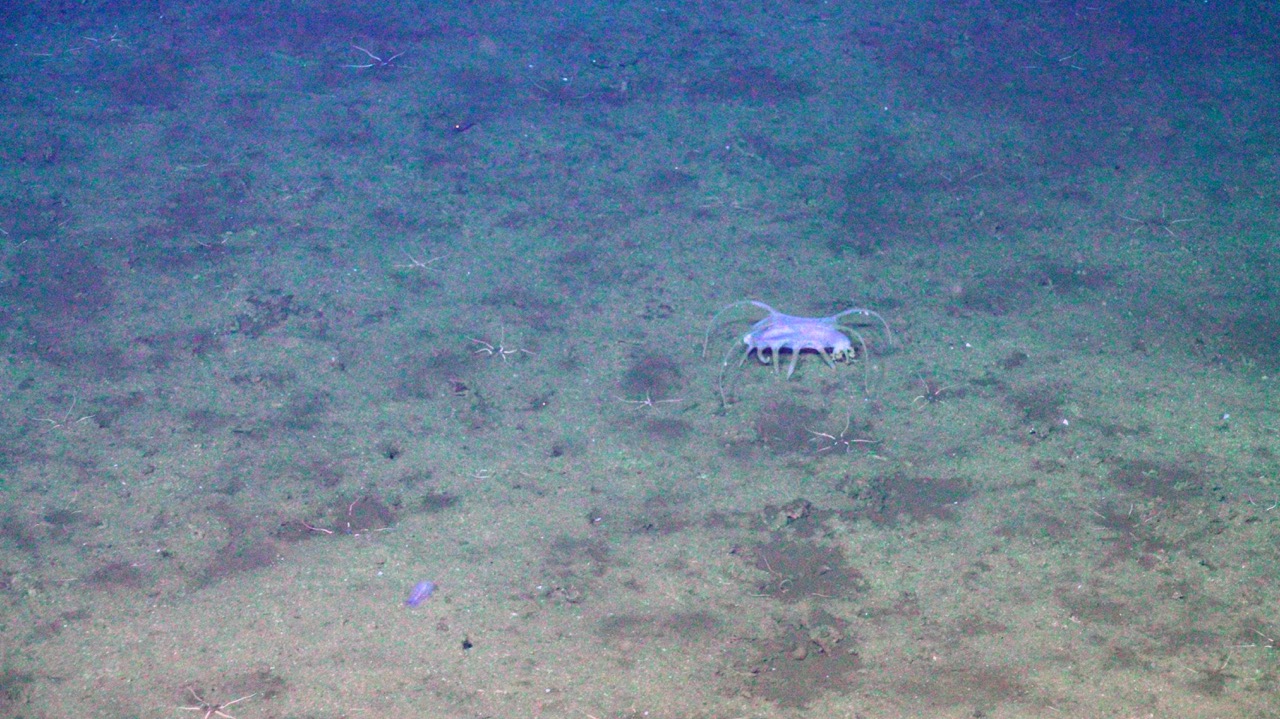
A Scotoplanes sea cucumber (also known as a sea pig) at Axial Base, surrounded by brittle stars and other seafloor organisms. Credit: NSF-OOI/UW/WHOI; J2-1706; V25

Two sea slugs (possibly Hermissenda opalescens, also known as the opalescent nudibranch) crawling on the side of the Axial Base Shallow Profiler (200 meters depth). Credit: NSF-OOI/UW/WHOI; Dive J2-1702; V25
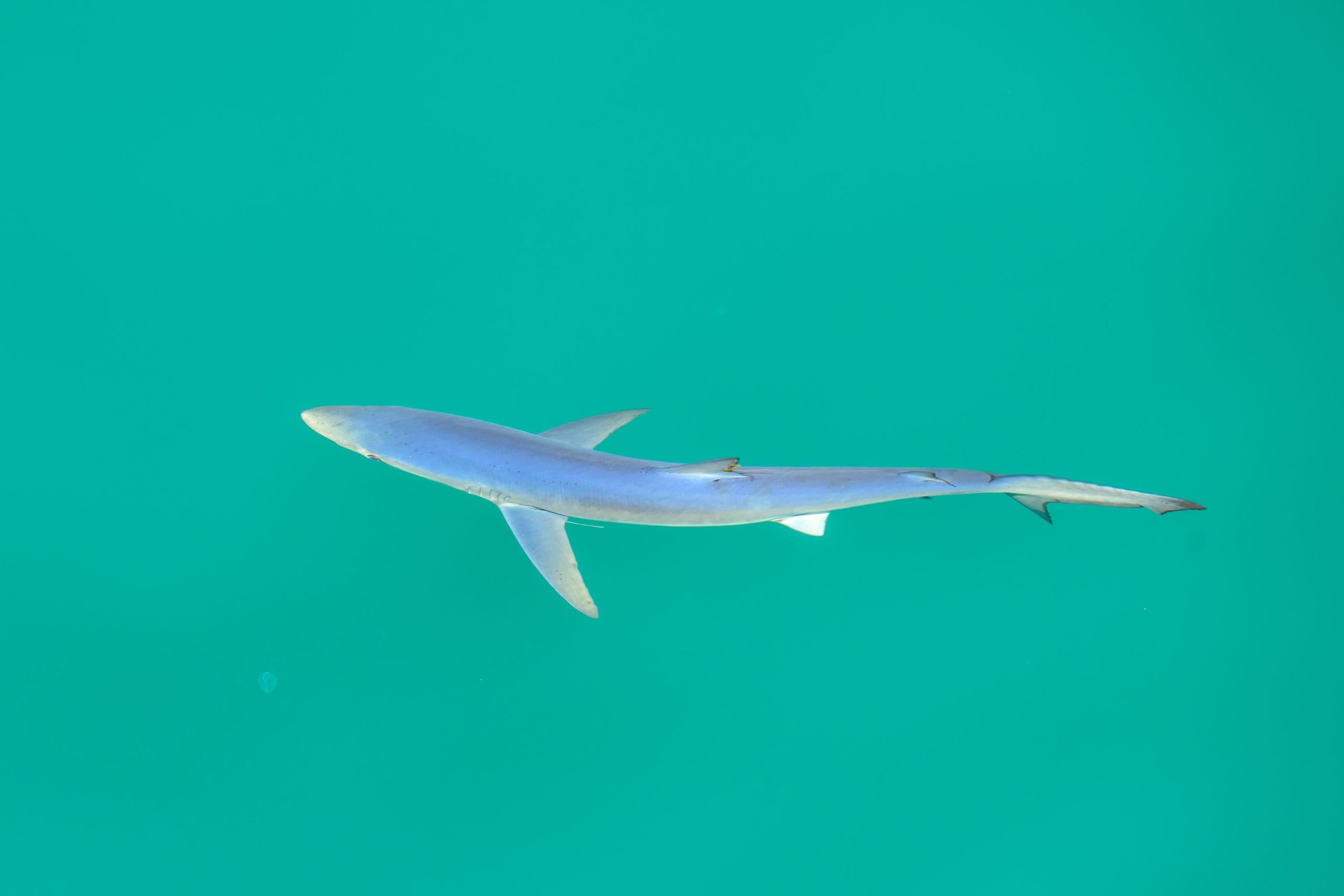
A juvenile Blue shark, about 4 feet long, swims next to the R/V Atlantis at the OR Offshore site. Credit: J. Tilley, UW-APL, V25
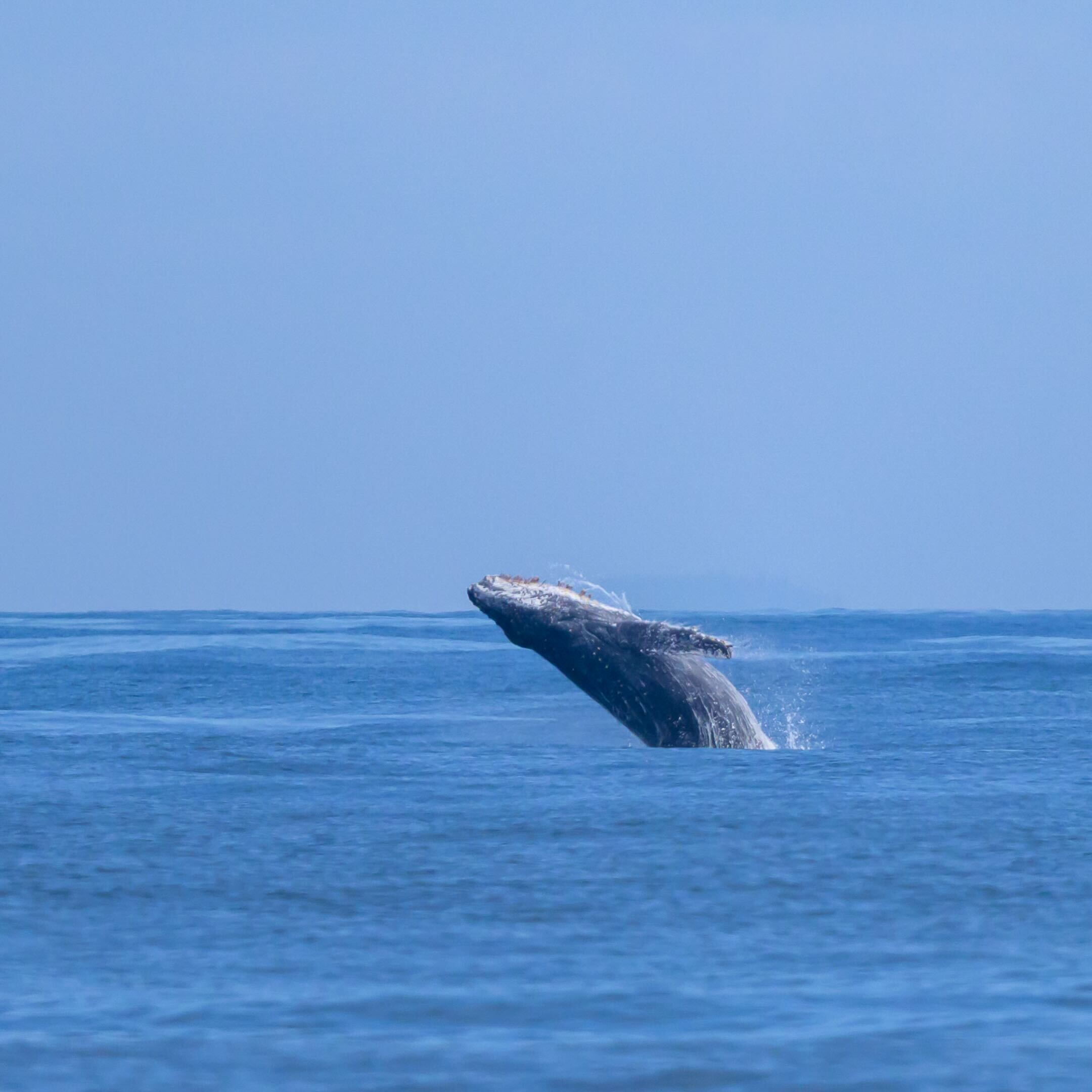
Breaching Humpback whale off the coast of Newport, OR. Credit: J. Tilley, UW-APL, V25
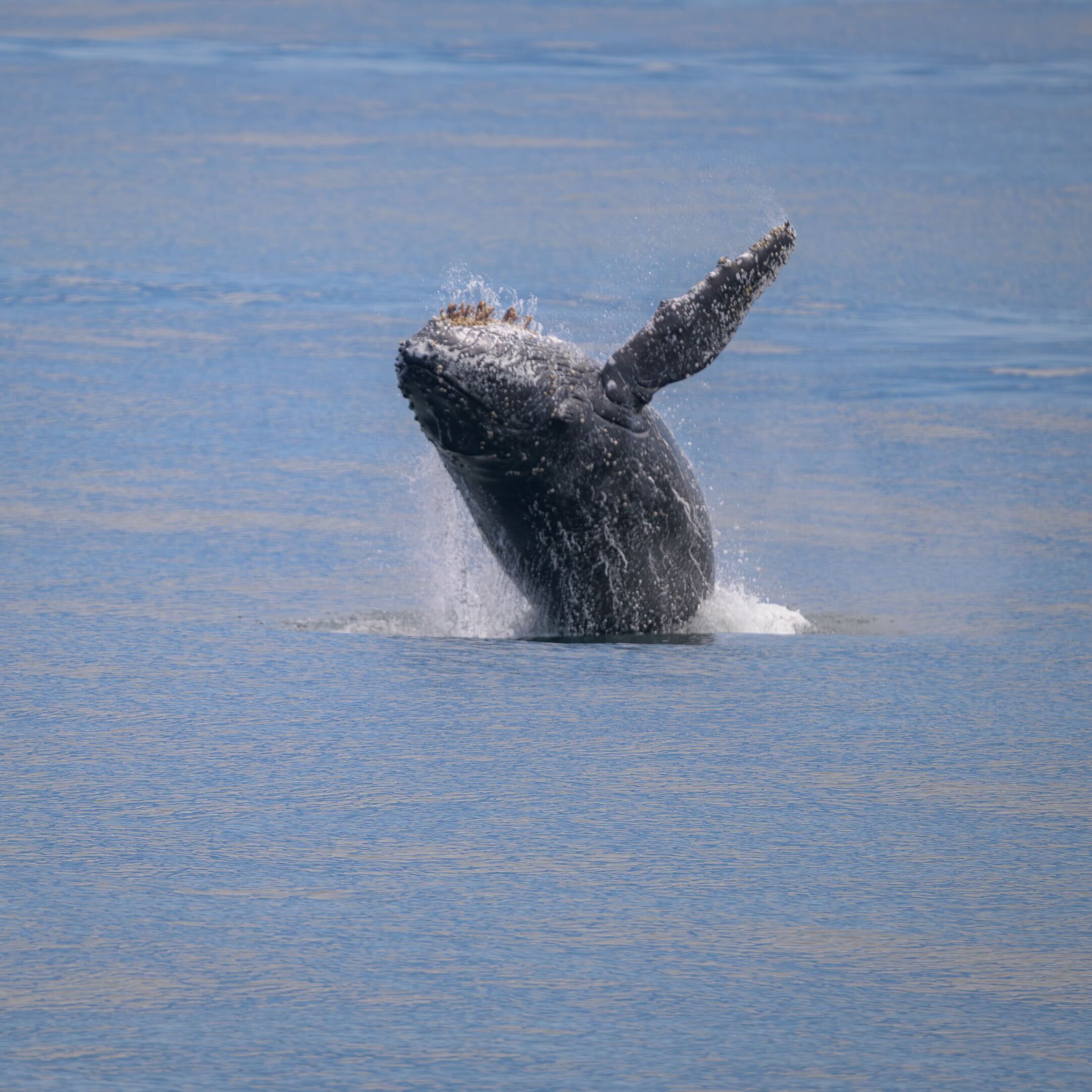
Breaching Humpback whale off the coast of Newport, OR. Credit: J. Tilley, UW-APL, V25

Stalked tunicates (Culeolus sp.) attached to the cage around the electronics on the Slope Base Shallow Profiler Mooring cable. Photo Credit: NSF-OOI/UW/WHOI; Dive J2-1617; V24

A flytrap anemone (Actinoscyphia sp.) attached itself to the W6 cable connector on one of the Slope Base junction boxes. Photo Credit: NSF-OOI/UW/WHOI; Dive J2-1617; V24

Stalked tunicates (Culeolus sp.) attached to the cage around the electronics on the Slope Base Shallow Profiler Mooring cable. Photo Credit: NSF-OOI/UW/WHOI; Dive J2-1617; V24

Spider crab at Phoenix vent in ASHES vent field during dive J2-1650. Credit: M. Vardaro, University of Washington, V24.

A scarlet mound of thriving tube worms at Phoenix vent in ASHES vent field during dive J2-1650. Credit: M. Vardaro, University of Washington, V24.

Some of the crabs at Southern Hydrate Ridge have anemones growing on their backs, as protection or camouflage or just a fashion statement. This one, sporting a symmetrical arrangement, was dubbed Princess Leia by the crew in the ROV control van. Credit: M. Vardaro, University of Washington, V24.

One of the fish we see a lot at Southern Hydrate Ridge is the Roughtail Skate, frequently resting on the seafloor or gliding past our cameras. Credit: M. Vardaro, University of Washington, V24.

A Giant Pacific Octopus we encountered while exploring Southern Hydrate Ridge. Credit: M. Vardaro, University of Washington, V24.

Brown catshark photo I (Catherine Rasgaitis) took during my shift, Jason dive J2-1630. Credit: UW/NSF-OOI/WHOI; J2-1543; V24.

A small Brown Catshark glides through the waters at the summit of Southern Hydrate Ridge. Credit: UW/NSF-OOI/WHOI; J2-1633; V24.

A disgruntled Giant Pacific Octopus had to vacate its cozy node house as we conducted operations at the Oregon Offshore site. Credit: UW/NSF-OOI/WHOI, J2-1626, V24.

A rockfish sitting on top of the barnacle-encrusted hydrophone tripod at the Oregon Shelf (80m) site. Credit: UW/NSF-OOI/WHOI, J2-1621, V24.

Sea stars, Rockfish, shrimp and barnacles covering the Oregon Shelf Benthic Experiment Package (BEP). This is a very productive site that is only 80m deep, so it gets biofouled very quickly. Credit: UW/NSF-OOI/WHOI, J2-1621, V24.

Palm worms (white arrow), scale worms (pink arrow), and tubeworms (orange arrow) clustered around a vent among masses of white limpets. UW/NSF-OOI/WHOI; J2-1613; V24.

An exceptionally large tubeworm at the Mushroom hydrothermal vent. UW/NSF-OOI/WHOI; J2-1613; V24.
- Anemone
- Animal
- Arthropod
- ASHES
- Axial
- Axial Base
- Axial Biology
- Axial Caldera
- Bacteria
- Basalt Lava
- BEP
- Biofouling
- biolgoy
- Biology
- Camds
- Camera
- Camhd
- Central Caldera
- Ciliates
- Cnidaria
- Coastal Biology
- Crab
- Deep Profiler Mooring
- Dive Highlights
- Eastern Caldera
- Echinoderms
- Endurance Array
- Engineering Team
- ENLIGHTEN 10
- Exploratorium
- Fish
- Geology
- HD Camera
- HPIES
- Hydrate Ridge
- Hydrates
- Hydrophone
- Hydrothermal Vents
- Illustration
- Inshore 80 Meters
- Instrument
- International District
- J-BOX
- Jason
- Jellyfish
- Junction Box
- K12
- Lava
- Mollusk
- Moorings
- Nodes
- Nudibranch
- Octopus
- OOI
- Oregon Offshore
- Oregon Offshore 600 m
- Oregon Shelf
- Oregon Slope Base
- People
- PN1B
- PN1D
- Polychaetes
- PPSDN
- Primary Node
- RASFL
- ROCLS
- ROPOS
- ROPOS Dives
- ROV Team
- RV Revelle
- RV Sikuliaq
- RV Thompson
- Salp
- Sample
- SC13
- Science Team
- Sea Cucumber
- Sea Star
- Sea Urchin
- Seafloor
- Seismometer
- Sensors
- Shallow Profiler Mooring
- Shark
- Shipboard
- Shore Station
- Slope Base
- Smoker
- Soft Coral
- Southern Hydrate Ridge
- Sponge
- Squid
- Students
- Students & Guest Participants
- Tmpsf
- Tubeworms
- VISIONS 11 Leg 1
- VISIONS 11 Leg 2
- VISIONS 11 Viewers
- VISIONS 13
- VISIONS 14
- VISIONS 15
- VISIONS 16
- VISIONS 17
- VISIONS 18
- VISIONS 20
- VISIONS 22
- VISIONS 23
- Visualization
